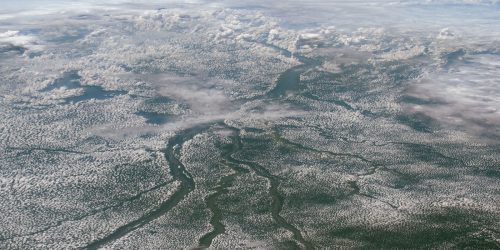Ocean processes in the tropical Pacific have an important role in modulating global climate. Research shows that data assimilation methods and robust observational data in this region make a big difference in producing accurate forecasts, but the impact of these methods hasn’t been well-studied for timescales shorter than seasonal (subseasonal). A new study, supported by the Climate Program Office’s Climate Variability & Predictability (CVP) Program, outlines the specific impacts of using data assimilation on subseasonal predictions in the tropical Pacific. CVP-supported scientists Aneesh Subramanian, Matthew Mazloff, Kris Karnauskas, and Charlotte DeMott worked with an international team of researchers for this project, which aims to improve our understanding of air-sea interaction processes and biases using observation sensitivity experiments and global forecast models. This work was funded by CVP as a pre-field modeling study to support the ongoing Tropical Pacific Observing System (TPOS), a multinational observing project designed to understand and predict tropical Pacific variability, inform policymakers, and benefit society.
Data assimilation is a method that is increasingly used in climate modeling, in which a previous model forecast is compared with newly received observations, and the model is updated to reflect those observations, producing a new forecast. The results of this study, published in the Quarterly Journal of the Royal Meteorological Society, show that data assimilation reduces a common bias in climate models which simulates sea surface temperatures that are too cold and precipitation that is too low. On the other hand, the study found that predictions of another key variable, the mixed layer depth, are not improved significantly by using data assimilation. These results provide important insights for modeling subseasonal tropical Pacific processes using data assimilation, like which variables will or will not benefit from this method. This work will inform future field research in the Tropical Pacific Observing System (TPOS).
For more information, contact Clara Deck.










